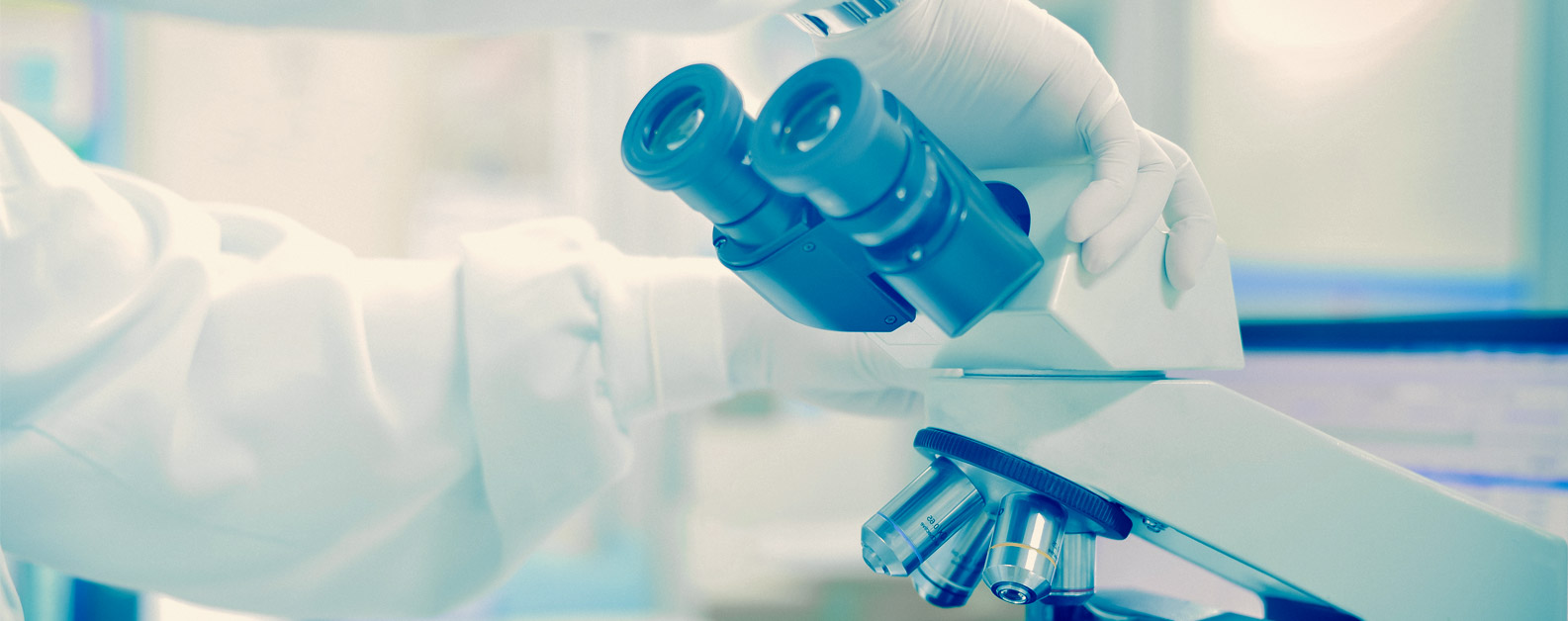Microcytic Adnexal Carcinoma
Microcytic Adnexal Carcinoma (MAC) is a rare low-grade tumor of sweat glands. It is very destructive to the surrounding skin and deeper structures but has a low risk of metastasizing. MAC is usually seen as a slow growing firm lesion on the face in young or middle age adults; with the most common location being the lip. The standard of treatment for MAC is Mohs surgery. There is a good prognosis with proper treatment and continued skin surveillance.
Dermatofibrosarcoma Protuberans
Dermatofibrosarcoma Protuberans (DFSP) is a relatively uncommon malignant tumor of soft tissue, accounting for 1% of all sarcomas. It is known to be destructive to the surrounding skin and deeper structures but rarely metastasizes. DFSP usually appears a slow growing raised skin colored lesion on the chest, abdomen or back. Over time, red-brown firm bumps or nodules will develop within the growth. It occurs most often in adults aged 20-50 years old. It can also be seen on the arms and legs, and less often on the head and neck. Surgical excision or Mohs surgery is the treatment for DFSP.
Atypical Fibroxanthoma
Atypical Fibroxanthoma (AFX) is a low grade malignant soft tissue tumor. AFX is seen as a rapidly growing red nodule on the head or neck that can measure up to 1-2 cm at the time of diagnosis. It is seen in the elderly on sun damaged skin or in those who have a history of radiation to the head and neck. Mohs surgery is the treatment of choice for AFX and it is usually curable. There is a good prognosis with a very low incidence of recurrence and metastasis with treatment of AFX.
Sebaceous Carcinoma
Sebaceous Carcinoma is an uncommon tumor that originates from sebaceous glands. It occasionally metastasizes and can be associated with syndromes in which patients are prone to other internal cancers (Muire-Torre syndrome). It is typically seen as a yellowish, painless, growth most commonly on the eyelid but also elsewhere. These lesions are typically treated with Mohs surgery.
Actinic/Solar Keratosis
Actinic keratosis (AK) are very common lesions caused by sun damage. AK’s begin as small patches of rough skin that are sometimes better felt than seen. They are typically found in sun exposed areas such as the face, ears, scalp, forearms, and hands. Most patients with AK’s have a history of long term sun exposure, fair skin, and are older. Over time an AK will typically become larger, redder, and the texture will become more rough or scaly. If left untreated, up to 10% of AK’s will progress on to a squamous cell carcinoma. Actinic keratoses can be treated by freeing with liquid nitrogen, applying topical chemotherapy creams, or photodynamic therapy depending on the number and extent of the skin lesions. With proper treatment and continued skin surveillance AK’s have a good prognosis. Sun protection is extremely important to help decrease the number of new lesions and reduce the chance of progression to skin cancer.
Atypical/Dyplastic Nevi
Atypical/dysplastic nevi are fairly common irregularly pigmented moles. They may appear as flat or raised growths on any surface of the skin and are usually tan-brown. They can share some of the clinical features of melanoma, including asymmetry, irregular borders, multiple colors, and larger size (>5-6mm). Atypical nevi are most often seen in individuals with a fair complexion, can be inherited or happen sporadically, and can develop throughout a person’s lifetime.
While benign, atypical nevi do correlate with an increased risk for melanoma elsewhere on the body, particularly in those who have many atypical moles or a family history of melanoma. Rarely, an atypical nevus can progress into melanoma. Any suspicious lesions identified by a dermatologist will be biopsied and examined under the microscope by a dermatopathologist. The patterns and features of the mole will be analyzed on a cellular level to help determine if the mole needs to be completely removed by surgical excision. The decision to surgically remove a mole is based on how atypical it appears under the microscope. Monthly self skin examination, regular skin exams by a dermatologist, sun protection, and seeking treatment promptly for any changing moles are important practices for those who have atypical moles. With the above measures, early detection and prevention of melanoma is possible.

